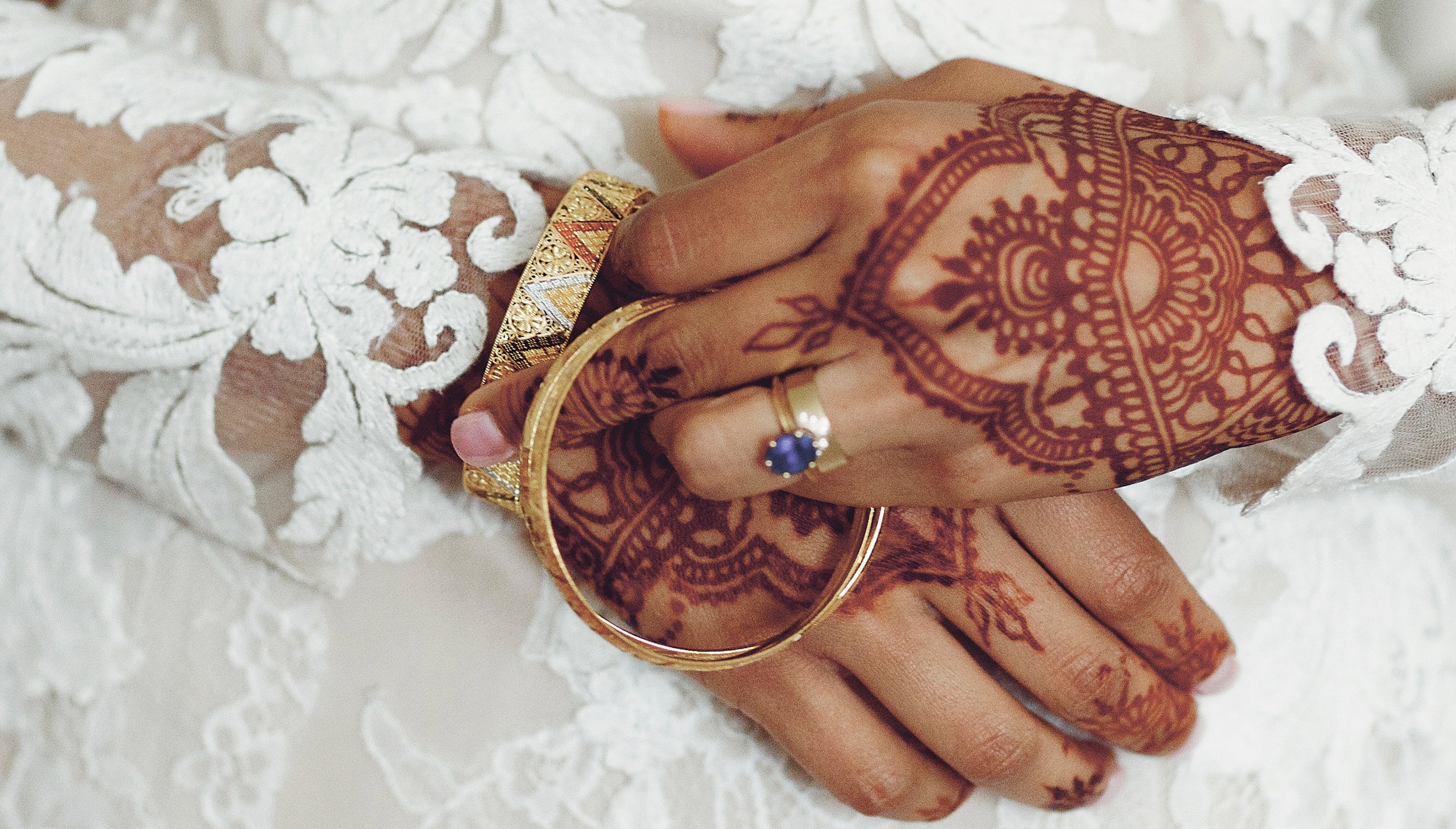It's considered that jewelry and gems are simply a fashion accessory today. But in many cultures, adornments have a much deeper meaning and sense. Their wearing, gift-giving, and just using, reflects certain traditions of the nations but not only the wealth and social status of a person or a family.
Speaking about the history of jewelry in general, namely precious adornments and gemstones served as notes and coins. Jewelry used for commercial purposes almost all over the ancient world: for trade, or rather, for the exchange of a certain number of stones or gold, silver, copper, iron for goods. American Indians, for example, used shells of white and purple oysters as money, with its valuable material that is still used for making accessories. Two centuries ago, colorless Diamonds were considered the universal currency of Europe. They were accepted as payment along with regular money. In Catholic countries, Blue Sapphires were also the cash equivalent. In memory of this, each newly elected Pope wears a ring decorated with Blue Sapphire. For residents of Eastern countries, Emeralds and Pearls remained the main monetary unit for a long time. Stones and jewelry remain not only available and prestige items on the market today but also currency substitutions.
Gift-giving is the oldest custom that has existed since the inception of human civilization. Over time, various cultures developed their own unique customs and traditions of giving, this rather custom did not go off without jewelry adornments & items as well as precious stones, it still exists today.
Valuable gifts were presented to the pharaohs and kings to receive in favor and personal service, to demonstrate fidelity. Typica India, a country of ancient culture, has formed its own code of rules for gift-giving. For example, it is indecent for men to give jewelry to Indian girls. Only the groom is allowed to do this. As for the Indian Wedding, local brides use a lot of jewelry (more than 16 pieces) for their wedding outfit. Especially you can notice a lot of fine gold bangles and in unequal numbers on her hands. This is a sign of well-being and a way to prevent unhappiness.
In modern China, there is a lot of conditionality attachments to gifts. A man can get a girl good clichéd cosmetics or souvenirs. The Chinese lady will accept gold with special favor. Buts such a gift as a ring or necklace in this country can signify an invitation to a family marriage proposal. No wedding ceremony in China is complete without a traditional ed dress and a golden crown, a symbol of happiness and good health. During the Wedding tea ceremony, guests give the newlyweds gold jewelry and souvenirs made from Jade (symbolic figurines of animals, fish, a dragon, etc.). It is the latter that become family charms inheriting as mascots by generations.
The most popular adornment of the ancient culture of Japan survived to this day is the Kanzashi, gilded-silver hairpin. By the way, Chinese ladies also wear noble metal hairpin like the Japanese concept.
Modern Americans do not bother with jewelry unless it is indispensable for Wedding ceremonies or gala parties. But Native Americans Navajo, Apache or Hopi - always wore adornments decorated with silver and Turquoise at the various ceremony and magical rites. Silver adornments in value are only slightly inferior to gold ones. In many cultures, silver jewelry & accessories are worn not only by Women but also by representatives of the stronger sex.
Silver items are given as gifts to newborns, particularly on the sacrament of Baptism of the baby. For several centuries, a silver spoon has been considered a talisman for a baby in East Europe. It's believed that if the first spoon is silver, then the teeth will be very strong., There's a belief that every little child will receive a lend of strength and health with such a gift. Certainly, the first silver spoon could become a family value, a relic that will be passed down for generations. At present, godparents on christening often give a child a golden cross too.
Georgian jewelry is famous for its color exhaustible energy. Jewelers have used the nankari, cloisonne enamel technique, for more than XX centuries in their gold and silver jewelry (earring, rings, bracelets, etc) as well as painting and icons. Jewelry was an integral part of the traditional outfit of all the peoples of the Caucasus. Georgian silver belts with beautiful buckles decorated with embossed patterns of black silver and gilding are the most important suit element of the Georgians which they wear for special events and holidays in present. It should be said that national ethnic traditions have become fresh blood in modern jewelry fashion giving new life to all old trends Modern fashionistas use silver, gold, and precious stones for body piercings (eyebrows, nose, nipples, and even teeth). It's all the rage today, you know, But the ancient Mayans, Polynesia, and African tribes did years ago. It was a symbolic culture created by people for special occasions and missions but not a tribute paid to fashion.
World culture and traditions of using the jewelry and precious stones are very diverse, multifaceted, and fascinating. Many nations still adhere to their traditions while modernizing them today. So, be original, stylish, combine the ethnic traditions with modern trends and never forget your roots!

